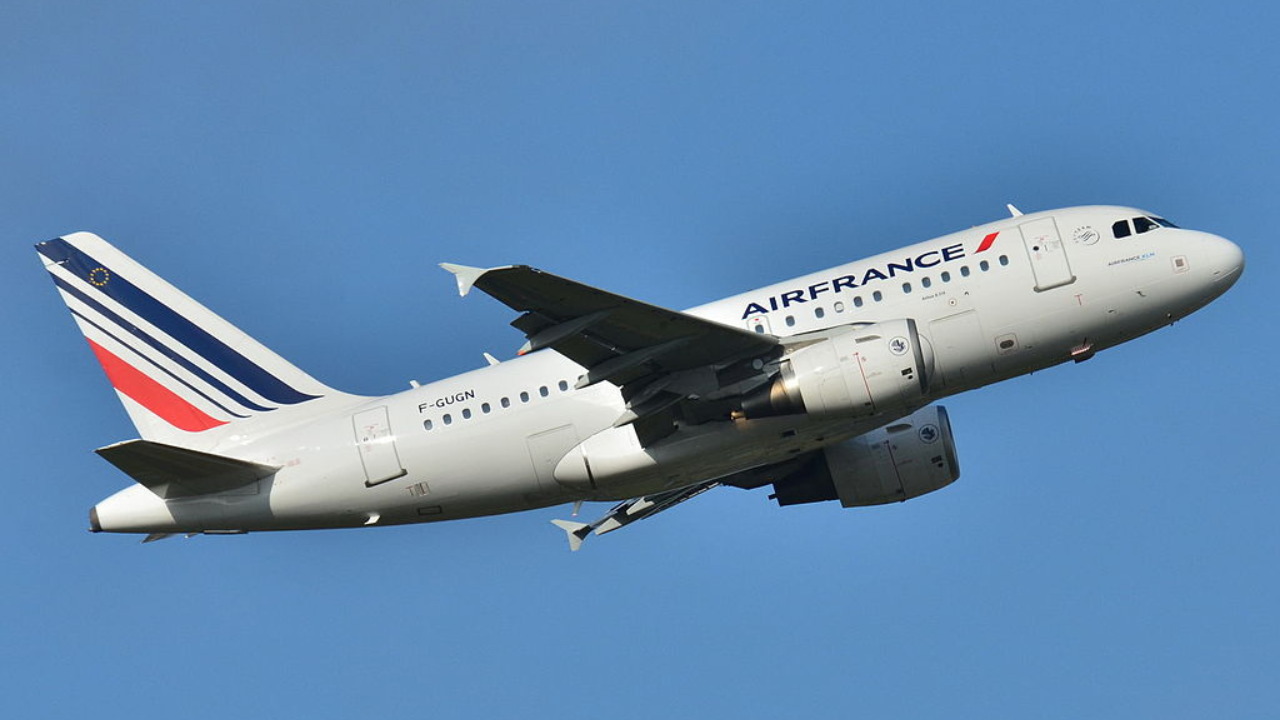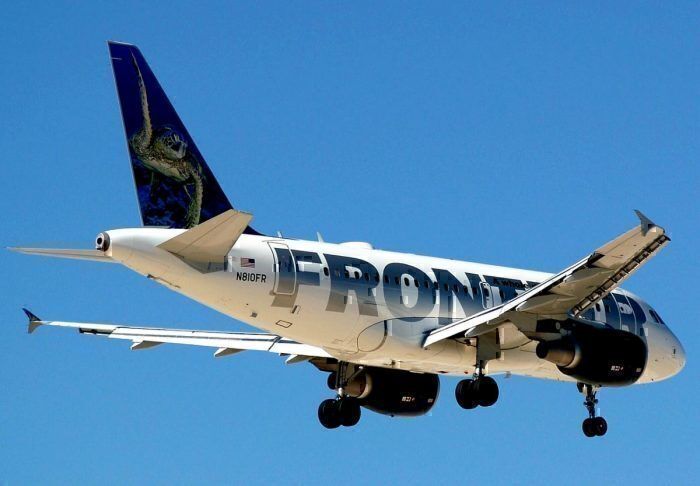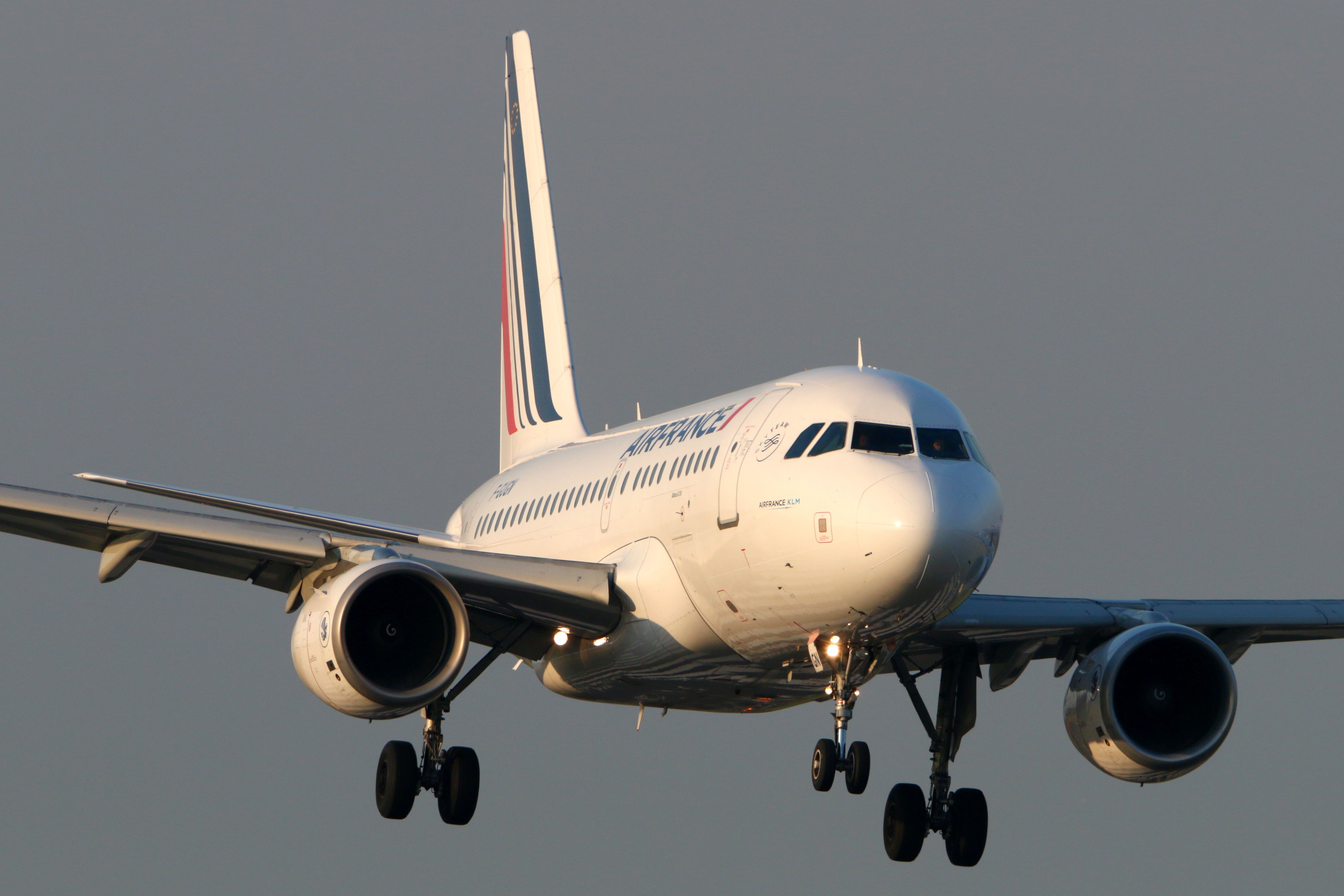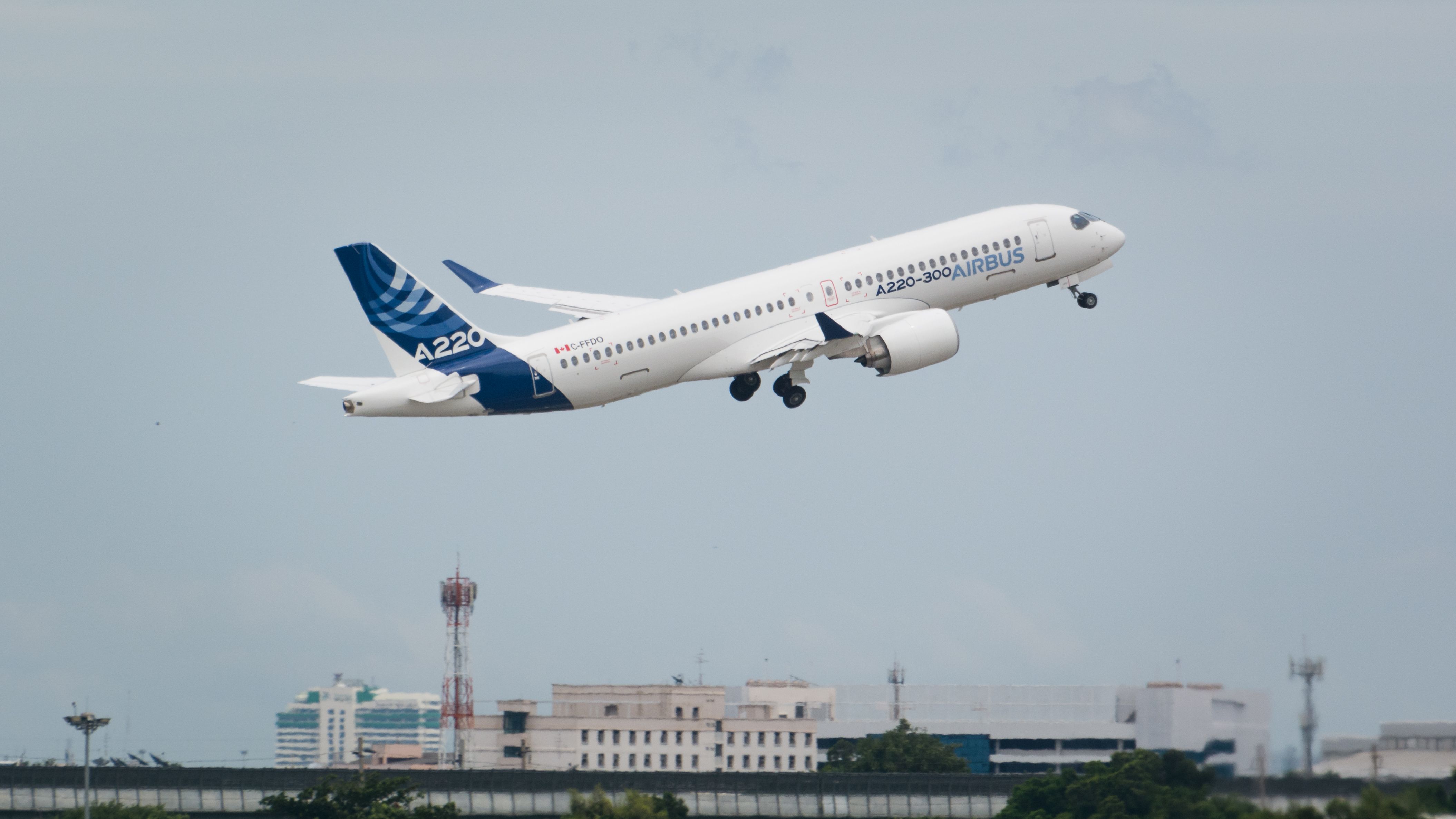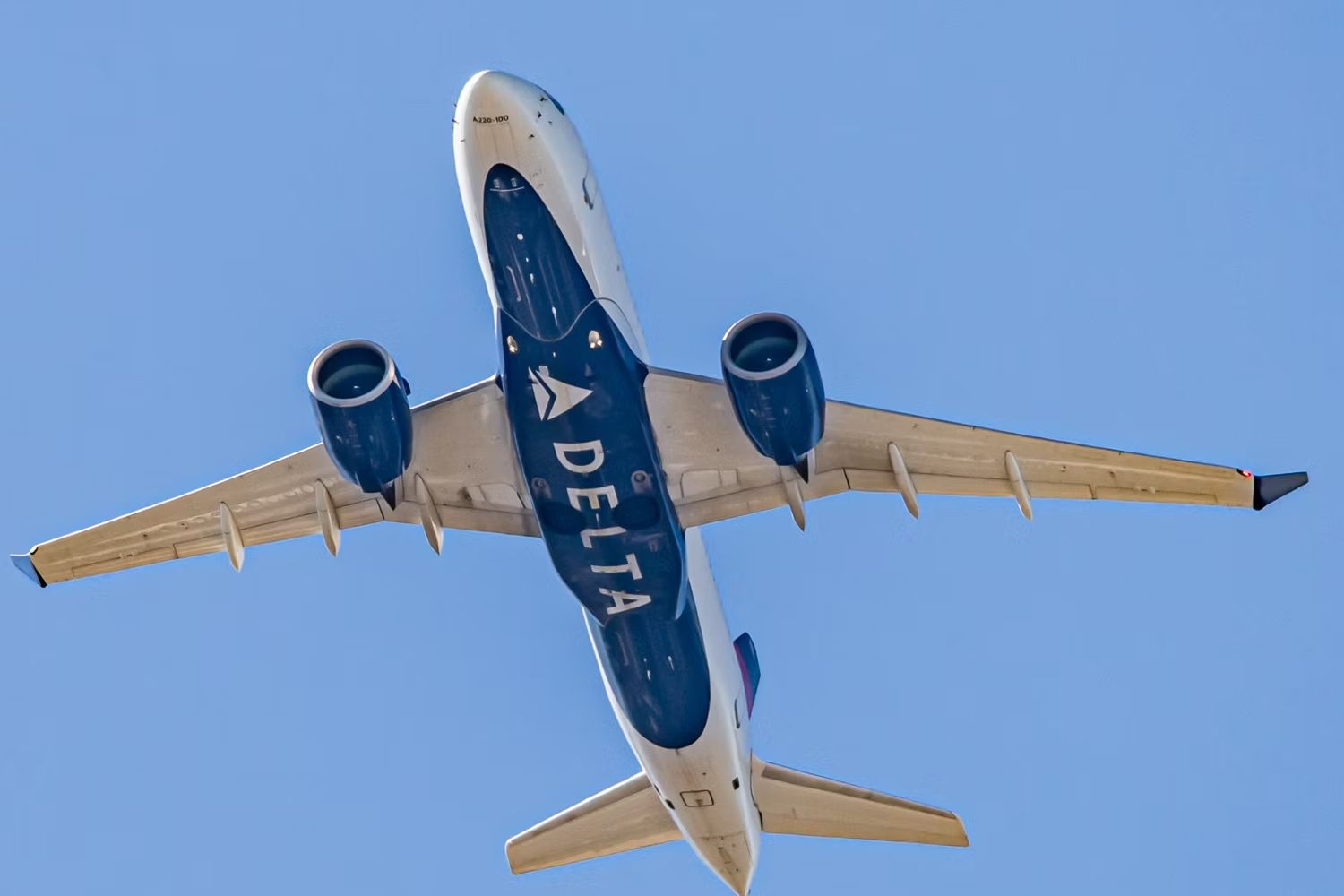Summary
- The Airbus A318, once considered a potential game-changer in commercial aviation, faced challenges including a decline in demand after the September 11 attacks and less competitive landing fees due to classification as a larger aircraft.
- The arrival of the Airbus A220 created competition within Airbus’ own lineup, offering airlines greater flexibility, range, and capacity than the A318.
- The A220’s superior economics, range, and passenger capacity made it a more compelling choice for airlines operating regional and short-haul routes, leading to a decline in A318 orders and production. Adaptability is key in the ever-competitive aviation industry.
In the ever-evolving world of commercial aviation, aircraft manufacturers continuously assess market demands and strive to meet the evolving needs of airlines and passengers. One intriguing case of adaptation within the Airbus family is the Airbus A318, a short-range, narrowbody airliner that was once considered a potential game-changer. However, with the introduction of the Airbus A220, the fate of the A318 took a significant turn.
The Airbus A318
The Airbus A318, fondly known as the Baby Bus, made its first flight on January 15, 2002, and entered commercial service with Frontier Airlines in 2003. It is the smallest member of the Airbus A320 family, the manufacturer’s most successful series.
The A318 seats 107 to 132 passengers, with a range of 3,100 nautical miles (3,570 miles / 5,750 kilometers), making it ideal for regional and short-haul routes. It is the A320’s least numerous variant, with only 80 units ever built over the course of 12 years, between 2001 and 2013.
Challenges faced by the A318
In its design phase, the A318 encountered several problems, including a decline in the demand for new aircraft following the September 11 attacks. Its Pratt & Whitney turbofan engines were also found to burn more fuel than expected.
Photo: Fasttailwind I Shutterstock
Customers that had selected the engines, like Air China and British Airways, decided to back out of their orders. Furthermore, Trans World Airlines – who seemed a promising customer with a significant order for 50 A318s – canceled its order after being acquired by American Airlines.
Another downside to the Baby Bus was that, while Airbus had hoped to market it as an alternative to regional jets, laws in the US and Europe kept it in the same class as larger aircraft. This resulted in less competitive landing fees, which ultimately limited its attractiveness and market potential.
The arrival of the A220
In 2018, Airbus completed its acquisition of the Bombardier CSeries program, rebranding it as the Airbus A220. This new addition to the Airbus family offered a range of models, including the A220-100 and A220-300, with capacities and ranges that overlapped with the A318’s capabilities.
Photo: Nattanon Tavonthammarit | Shutterstock
The A220 brought a fresh perspective to the regional and short-haul aircraft market. It boasted optimized aerodynamics, fuel-efficient engines, and an innovative build featuring a carbon composite wing and aluminum-lithium fuselage. With the A220-100 and A220-300 models, Airbus offered airlines greater flexibility, range, and capacity than the A318.
The arrival of the A220 essentially created competition within Airbus’ own lineup. Airlines looking for smaller-capacity aircraft with excellent fuel efficiency and a higher range (which brought about increased operational versatility) found the A220 to be a more attractive option than the Baby Bus. This shift in preference ultimately led to a decline in A318 orders and production. Since 2012, 283 A220s have been built.
Looking back
While it may not be entirely accurate to say that the Airbus A220 “killed” the A318, it certainly contributed to a shift in the market dynamics. The A220’s superior economics, range, and passenger capacity makes it a more compelling choice for airlines operating regional and short-haul routes.
Photo: Joe Kunzler | Simple Flying
In the ever-competitive world of aviation, adaptability is key. The Airbus A318, though an innovative aircraft in its own right, faced tough competition from within its own brand with the introduction of the A220. This shift serves as a reminder of the dynamic nature of the aviation industry, where meeting market demands and adapting to evolving technology heavily influence the fate of aircraft models.

